You know the old sayings about money going out the window or prices being through the roof? There is some truth to these statements when it comes to home and energy use.
The good news is there are ways to improve your home's ability to hold onto cash - and do something good for the environment! Below are some green home improvement projects that can make a measurable difference in the state of your home's financial picture. Perhaps 2017 is the year to tackle one (or more) of them!
- DO AN ENERGY AUDIT. In order to know where you stand with your energy usage, it's always a good idea to start with an energy audit. In one simple home visit, an energy professional can quickly determine the areas in your home where you could improve your energy ratings. Armed with this knowledge, you'll know just which projects to tackle first.
- UPDATE YOUR WINDOWS. The first place to look to find long-term home energy savings is your windows. How old are yours? What shape are they in? Do they feel drafty in the winter? Are they single or double pane? While there is certainly an initial investment to upgrade older windows to today's energy-efficient versions, the payoff in the long run makes this home improvement project well worth the cost.
- INVEST IN SMART HOME TECHNOLOGY. The ability to efficiently control the temperature in your home can set the tone for both energy and financial savings. Look down below to see a few technologies worth considering.
- CONSIDER AN ENERGY-EFFICIENT ROOF AND/OR SOLAR PANELS. A roof in disrepair can lead to energy leaks and high utility costs. Make sure yours is in good shape. If it sustained damage from a recent storm or is starting to show signs of aging, consider replacing it with a more energy-efficient surface such as a metal roof. A metal roof can reflect sunlight so that it isn't absorbed into your home, which helps reduce overall cooling costs. This large area over your home can also generate energy with the installation of solar panels. By harnessing the power of natural resources, you will reap additional savings.
Keep in mind that savings on energy use will come with time. What you invest today to create a more energy-efficient home will soon show up as extra money in your pocket.
Technologies Worth Investing In:
- Smart thermostats can be used to adjust your heating and cooling units to run only when you are actually home.
- Water Sense labeled fixtures will reduce water use and your water bill.
- Energy Star appliances use modern technology to reduce energy use by as much as 50 percent.
- While not a smart home technology, most advanced and efficient spray foam insulation will prevent energy from escaping your house.
Today's insurance tips and ideas brought to you by ERIE Insurance.



